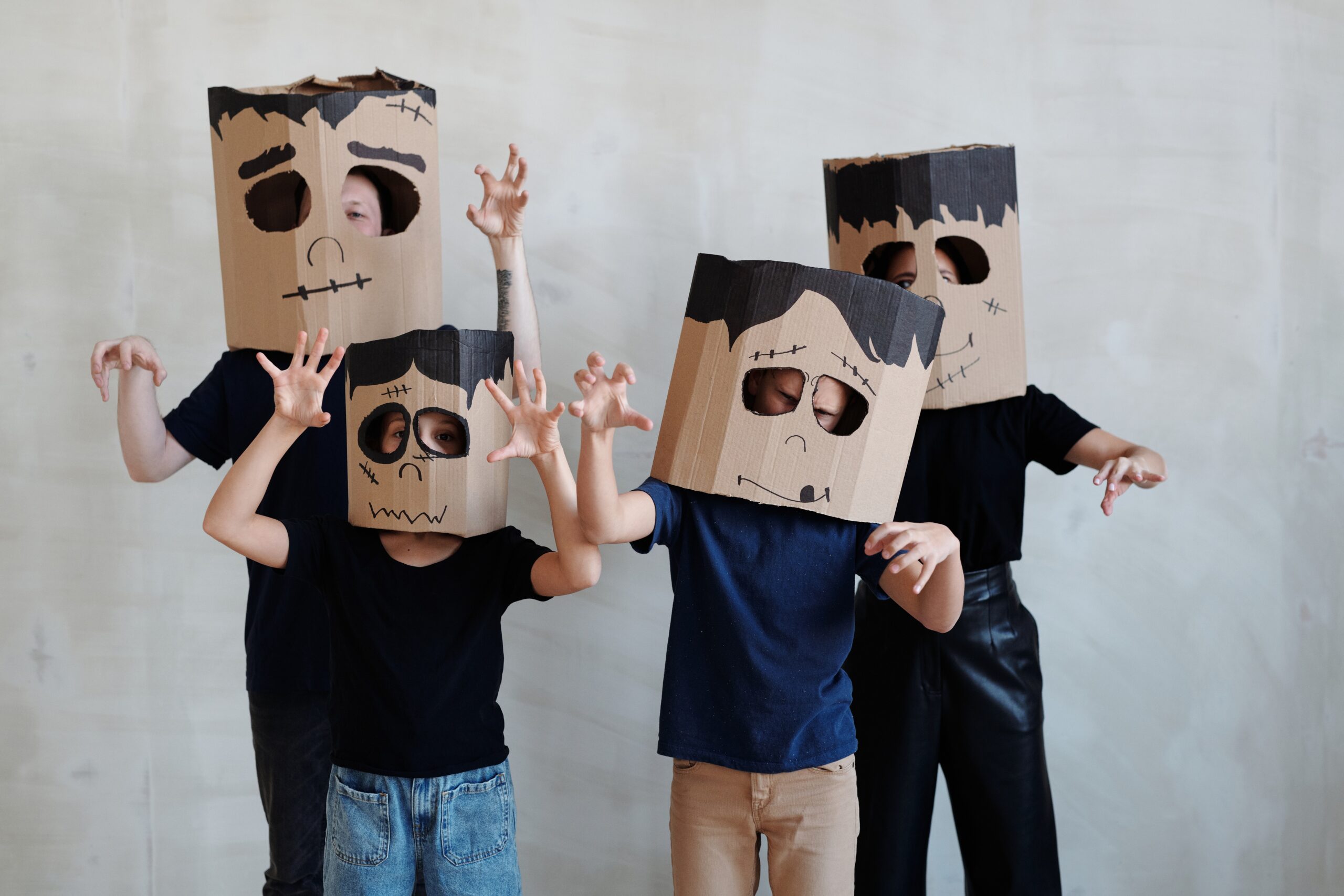

Halloween is an exciting holiday for kids, but for children with autism it may be challenging. If last year's trick-or-treating adventure left you scared to try it again, this year can be less stressful, even FUN! Preparation and planning help minimize the challenges associated with a night of trick-or-treating. Talk to your clinician to utilize this timeline during therapy hours the weeks leading up to Halloween.
2 weeks before
- Talk to your child about all the parts of their costume, including masks, makeup, cape, etc. After you talk, have them practice getting the costume on and wearing it for short periods of time, increasing the duration over time.
- Practice the trick-or-treating steps around your home by knocking on doors, saying "trick-or-treat", not entering the pretend home, and saying "thank you" after receiving candy.
- Practice safety commands, like "Hold my hand" or "Stay by me".
- If your child does not vocally communicate, look into some alternative forms of expressing "trick-or-treat" by voice recorder or picture communication
1 week before
- Discuss or read Halloween social stories to explain the process of trick-or-treating and safety.
- Click here for a copy of a Halloween Social Story!
- If the idea of a costume is too stressful, consider a Halloween costume that fits over your child's regular clothes, such as butterfly wings or a funny skeleton t-shirt.
2 days before
- Set reasonable goals. If last year they did not go to a single home, maybe one house, or a walk around the block is an appropriate goal this year. Build on this goal next year.
- Tell your child what they can expect to see, do, and hear. Drive through the neighborhood and tell them the houses you plan to visit, or show them images on Facebook or Google Images of other costumes they may see on Halloween night.
- Have a plan for if your child feels too stressed. For example, go to the car until they are ready to return. It is ideal to finish trick-or treating on a positive note so returning next year is not SO intimidating.
1 day before
- Arrange to practice outside your home; go to a coworker or neighbor's house.
- If your child tends to wander, write your cellphone number on their costume, have them wear glow bracelets or carry a flashlight so they are always visible. For more ideas, look into Autism-Friendly Trick or Treating ideas online.

Before you leave the house:
- Set expectations: discuss do’s and don’ts and the consequences for following directions. It is very important that kids know what they should do, too often we tell kids all the things they shouldn’t do, leaving them wondering what is the right thing to do.
- Partner with family or friends that your child likes, this familiar face may set your child at ease.
Next day
What to do with all that candy? Save some for edible reinforcers for therapy! Freeze for a special reward to be earned for meeting future goals.
Happy Trick or Treating!


